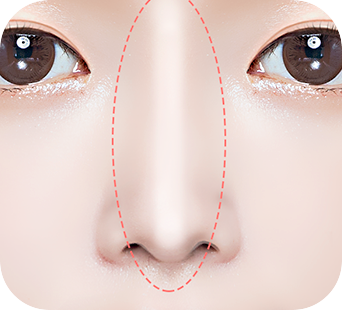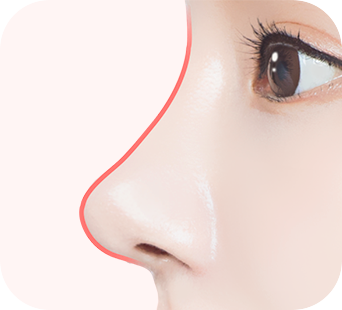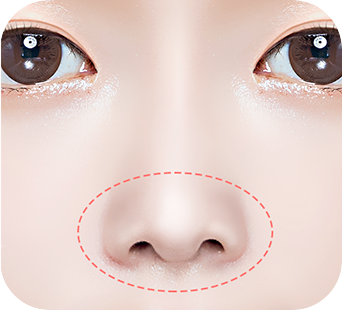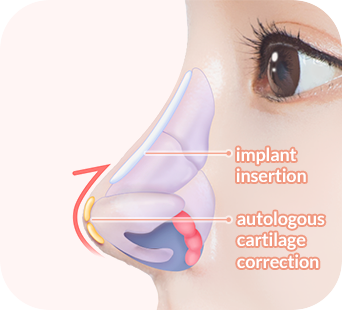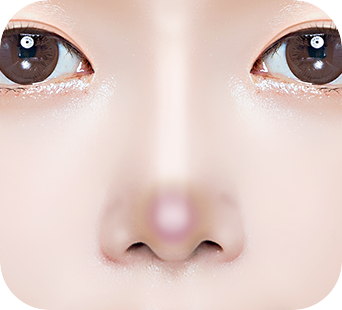- onyoo
- revision nose surgery
nose revision surgery
Reconstruction of failed nose surgery
- Thorough cause analysis
- Last eye reoperation


Cause of failure, accurate diagnosis
We accurately identify the cause of nose revision surgery and establish a thorough surgical plan.
Precise analysis using 3D-CT
We select the surgical method and materials appropriate for your symptoms through 3D precise analysis using 3D-CT and endoscope .
Function and beauty at once
By restoring the anatomy of the nose , both functional and aesthetic issues are improved.
SURGERY INFORMATION
Rhinoplasty surgery information
![]()
surgery time
2~3 hours
![]()
Anesthesia method
Sleep/general anesthesia
![]()
inpatient treatment
Return home the same day
![]()
in-office treatment
2~3 times
![]()
Stitch removal
7 days later
![]()
recovery period
Normal activities possible after about a week
Do I need nose revision surgery too?
Rhinoplasty Checklist
Q. What is my current nose problem?
- If the implant is bent or visible
- When the tip of the nose drops and the nose looks long
- When the tip of the nose is lifted due to contracture
- If only the tip of the nose is bent or the columella is tilted to one side
- If the bridge of your nose is too high or too low
Various cases resulting from failure of previous surgery
Causes of nose revision surgery
When should I have revision rhinoplasty?
Typically after at least 6 months

CASE
01
general case
Although there are individual differences, reoperation requires sufficient tissue stabilization, so it generally takes about 6 months to 1 year.
CASE
02
When inflammation and contracture occur
After all causes of inflammation have been removed, reoperation is performed when the tissue inside the nose becomes soft.
CASE
03
Nose condition and type of surgery
There may be differences from individual to individual depending on tissue condition or previous surgical method.
Previous rhinoplasty failure &
aesthetic/functional dissatisfaction
Why revision rhinoplasty is more difficult than the first surgery
Revision rhinoplasty is a much more difficult surgery than the first surgery because the anatomical structure from the previous surgery has changed and good results must be achieved with many scars.
Additionally, because reoperations place a greater psychological burden on patients, it is important to find a proven medical staff with extensive clinical experience as well as check whether a safety system is in place.
ONYOO medical staff spends sufficient time during pre-surgery consultations
to find a medically and psychologically safe surgery method.
rhinoplasty Implant material
ONYOO Plastic Surgery only uses implants that have received official approval from the Ministry of Food and Drug Safety.
In particular, even small differences in the tip of the nose can have a big impact on the image,
so you should consult before surgery to determine which implant is right for you.

ear cartilage
It is softer and more curved than the nasal septum, creating a natural shape for the tip of the nose.
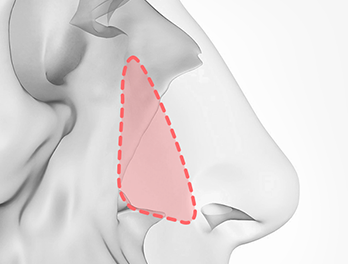
septal cartilage
The tip of the nose is raised or lengthened using cartilage built within the diaphragm between both nostrils.

costal cartilage
If the septal cartilage is small, weak, or has contracture, autologous or donated costal cartilage is used.
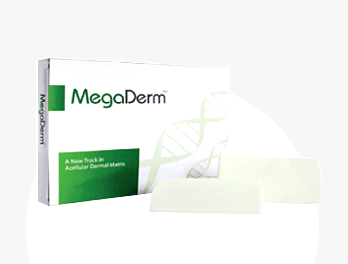
Donor dermis/donor cartilage
If autologous tissue is not available, non-rejection donated dermis/cartilage is used.
Precise diagnosis with 3D-CT
inside the nose Check!
to precisely analyze the nasal bone, nasal septum, cartilage, skin tissue condition, and asymmetry that cannot be seen with the naked eye to create a surgical plan.

ONYOO’s
rhinoplasty is a
3D precise analysis.
onyoo PLASTIC SURGERY
Nasal endoscopy (rhinitis)

3D-CT / Deviated septum

- Double check once with 3D-CT and again with nasal endoscope!
- Accurate diagnosis and surgical planning
- Confirm improved condition using endoscope during surgery
- Check surgical results carefully using endoscope after or after surgery
Simply raising it is not the end
Create an ideal line by designing the line from the bridge of the nose to the tip of the nose.
-
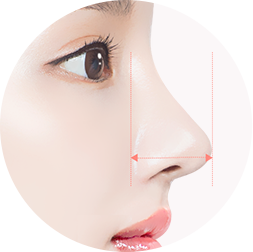
nose height
-
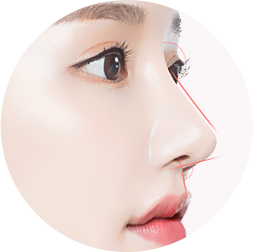
nose angle
-
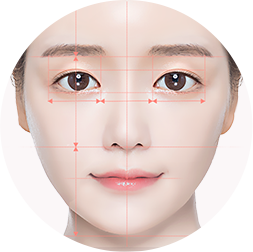
nose proportions
-
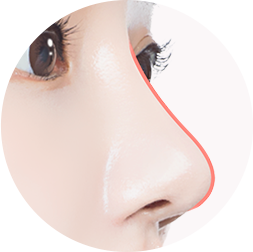
nose line
ONYOO Plastic Surgery
makes a promise to our customers.
ONYOO Plastic Surgery operates a 1:1 dedicated system, with one attending doctor taking responsibility for all surgeries until the very end.

Operating room safety system
The entire operating room is equipped with emergency power to prepare for sudden power outages or emergency situations that may occur during surgery.
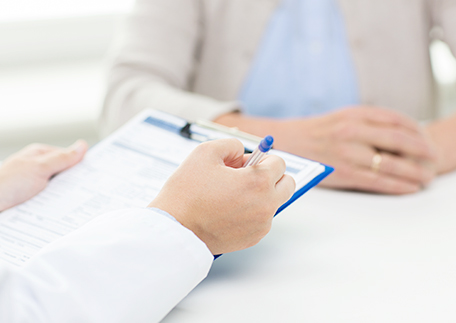
Post-surgery care service
Our post-surgery recovery program allows you to return to your daily life more quickly and safely.
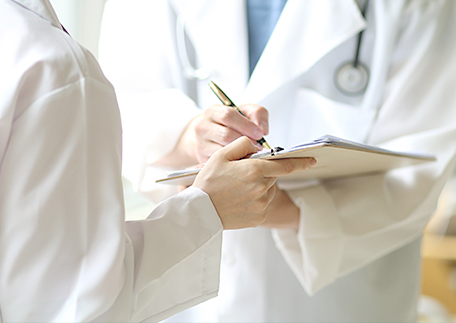
1:1 dedicated system
All surgeries are managed one-on-one until the very end by one attending physician who is a plastic surgeon .








